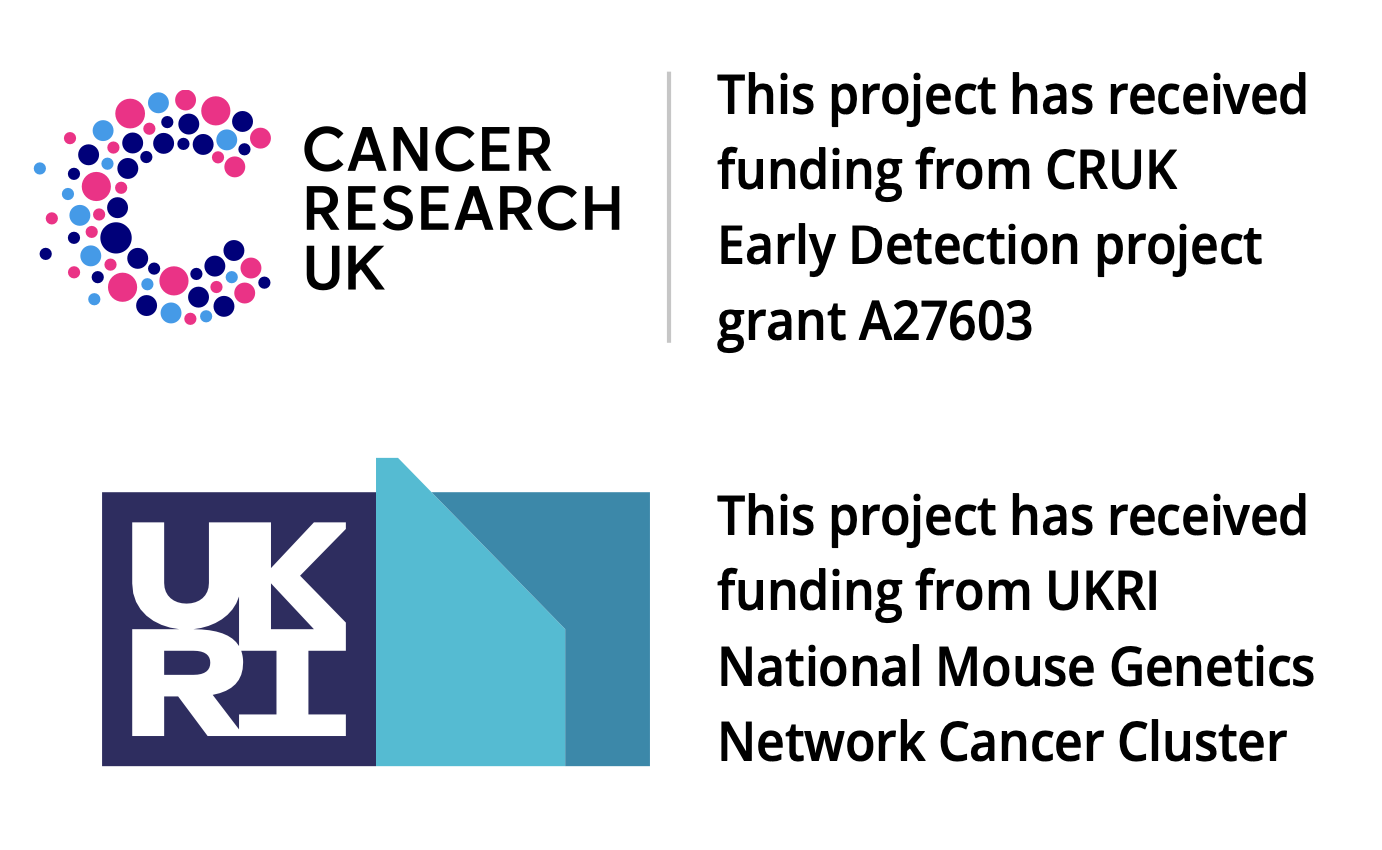Daniel J. Murphy, Professor of Lung Cancer & Mesothelioma at the University of Glasgow, School of Cancer Sciences, discusses opportunities for improving cancer research and care through the use of genetically engineered mouse models
Despite changes in smoking habits, cancers of the lung remain the most lethal types of cancer in the UK and worldwide. In the UK, lung cancer accounts for over 20% of all deaths from cancer, claiming almost 35,000 victims annually (2017-2019 CRUK Lung Cancer Statistics).
Until very recently, the vast majority of lung cancers were diagnosed at a late stage – meaning the cancers were very well established and at their most aggressive. Few of these cases respond effectively to treatment; when they do, responses are often short-lived.
The advent of low-dose CT screening for lung cancer has led to the detection of more lung tumours at less aggressive, earlier stages when treatments have a greater chance of being effective in controlling cancer and extending patient survival. Additionally, the recent approval of immunotherapy for lung cancer treatment gives clinicians and patients alike a valuable new treatment option, especially when mutation-specific therapies are unavailable. Immunotherapy aims to encourage the patient’s own immune system to fight their cancer.
While these recent advances clearly offer hope for considerable improvement in the treatment of lung cancer, two fundamental problems remain: 1) Beyond the assumed acquisition of new mutations, the processes involved in lung cancer progression, from potentially benign to malignant and from early to late-stage cancer, remain very poorly understood; 2) individual patient responses to immunotherapy are highly unpredictable and, in many cases, as short-lived as conventional treatments. Overcoming these issues is key to delivering effective patient-specific cancer treatment tailored to the molecular makeup of an individual’s cancer.
How GEMMS can help
Highly refined genetically engineered mouse models have revolutionised our understanding of many aspects of cancer biology. Indeed, the principles and mechanism of cancer immunotherapy, arguably the most effective advance in cancer treatment in the past 50 years, all emerged from work in mouse models.
Uniquely amongst alternative research platforms, GEMMs provide a physiologically and immunologically complete setting to investigate cancer initiation, progression, response to treatment, and evolution of tumours to treatment resistance in a manner that, by and large, faithfully recapitulates the human patient setting. Current GEMMs of lung cancer enable researchers to selectively introduce disease-specific mutations into genes frequently associated with human lung cancer and to do so in an anatomically and temporally controlled manner.
This ability to control the timing of mutation introduction gives researchers unparalleled insight into mechanisms of tumour development and, crucially, into the mechanisms by which the body fights back to suppress tumour emergence. Rather than wait for the emergence of symptomatic disease, by which time cancer is typically very advanced, GEMMs can be investigated along the entire course of cancer development, from the very first day a mutation is introduced right through to terminal malignancy and metastatic cancer, and everything that happens in between.
Building better models of cancer progression
The vast majority of cancers involve mutations in several genes. Although most mutations are functionally irrelevant for cancer development (so-called ‘passenger’ mutations), mutations in ‘driver’ genes combine to cause the progression of cancer from benign to malignant disease. Investigating this process in GEMMs is presently very challenging. Current GEMMs typically combine a single genetic regulator module with an activatable driver mutation module. The regulator module can be engineered to require the administration of a specific chemical compound or drug for activity – upon treating the mouse with the compound, the regulator module then unmasks the driver mutation module. This design enables exquisite control over investigating how specific mutations can initiate tumour formation. However, in this simple design, the progression of the tumours to malignant disease requires spontaneous secondary mutations to occur, typically randomly and unpredictably, which hampers investigation of the processes involved. Multiple driver mutation modules can be combined through the interbreeding of mice with the required genetic modifications to investigate more aggressive diseases. The activation of the regulatory module then results in the subsequent simultaneous unmasking of multiple driver modules. Although this design reliably results in the development of aggressive cancers, the simultaneous activation of multiple driver mutations rarely happens in patients. The current design may thus bypass not only critical processes involved in progression to malignant cancer but also the mechanisms by which the body fights back against developing tumours.
Over the past 20 years, multiple drug-inducible regulatory modules have been developed, each responding to a different chemical inducer. Collaborating with the UKRI National Mouse Genetics Network, we combine numerous inducible regulators into a single mouse strain – the Tandem Arrayed Regulator mouse, resembling a Swiss Army knife for mouse genetics. This mouse will enable researchers to separately control the activation of multiple different driver mutations, sequentially rather than simultaneously, giving researchers control over the timing of genetic events linked to cancer progression. Through such control, researchers can now investigate the biological processes involved in cancer progression with far greater accuracy, accelerating the discovery of new treatment strategies to prevent tumour progressing from harmless benign lumps to life-threatening malignant cancer.
New GEMMS to investigate anti-cancer immune responses
It is now beyond question that the body’s own immune system plays a significant role in preventing the development of cancer, and the ability to re-awaken anti-cancer immune responses holds tremendous promise for effective cancer treatment and, in some instances, cures. To achieve this promise, a deeper molecular understanding of the factors that govern effective and sustained anti-cancer immune responses is needed. The ability of researchers to control the process of tumour initiation and progression to malignancy, as well as to investigate disease progression along the entire course of cancer development in GEMMs, means that mouse models again provide a tremendous opportunity to accelerate discovery in this critical area.
We and others have now developed new mice that enable dynamic investigation of both spontaneous and therapy-induced anti-cancer immune responses to developing lung tumours. Through investigation of these GEMMs, we hope to identify strategies used by lung tumours to evade the immune system and other factors that govern sustained, effective anti-cancer immune responses. Identification of these factors will help to unlock the full potential of cancer immunotherapy and reduce the risk of harmful drug combinations being tested in human patients.


This work is licensed under Creative Commons Attribution-NonCommercial-NoDerivatives 4.0 International.


